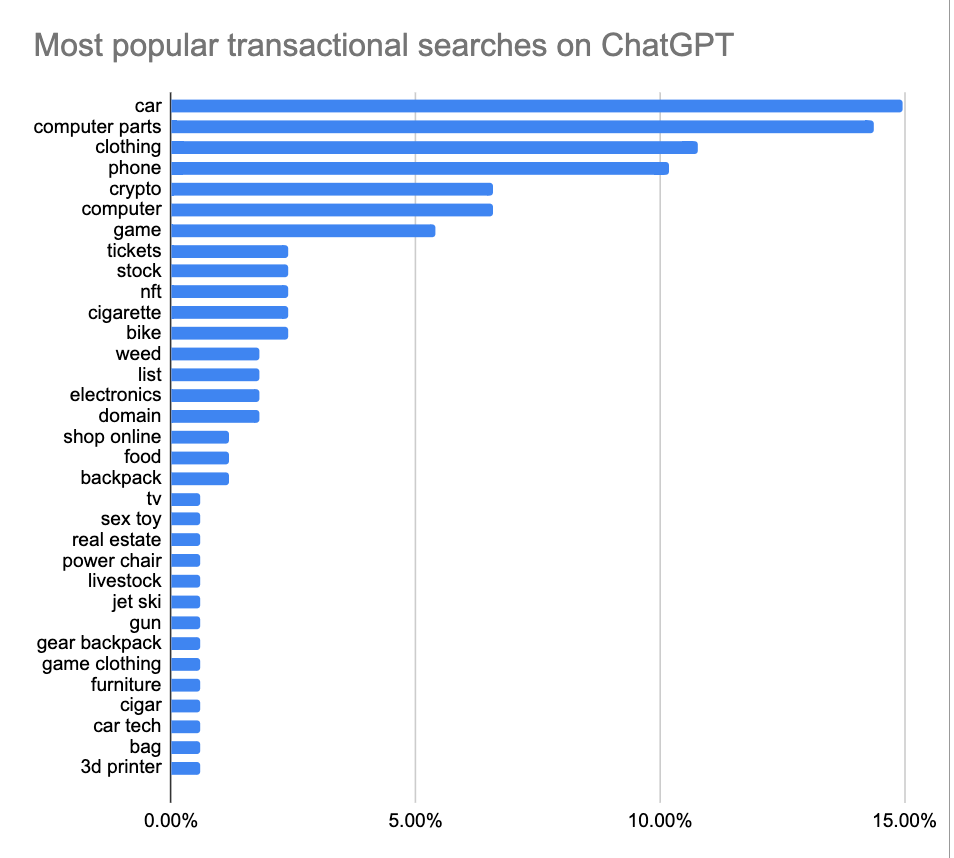When Klarna CEO Sebastian Siemiatkowski mentioned during an investor call that the company had shut down Salesforce and approximately 1,200 other SaaS tools, it sparked a firestorm of speculation. Was this the beginning of the end for enterprise SaaS? Had AI made traditional software obsolete? The reality, as he recently clarified in a detailed Twitter thread, is both more nuanced and more profound.

💡Key Insights from Klarna's SaaS Transformation
Knowledge Fragmentation
Enterprise knowledge scattered across dozens of SaaS platforms creates an "unnavigable web" requiring specialized expertise
Quality Over Quantity
AI effectiveness depends on unified, high-quality data rather than simply connecting to fragmented sources
Graph Knowledge Approach
Inspired by Wikipedia, Klarna built a unified knowledge graph with Neo4j to connect previously siloed information
Productivity Breakthrough
Connecting AI systems to a unified knowledge foundation delivered significant productivity gains
🧩The Problem: Knowledge Fragmentation
Klarna's journey began with a fundamental realization: enterprise knowledge was hopelessly fragmented across dozens of SaaS platforms, each with its own data model, interface, and approach. This fragmentation created what Siemiatkowski calls "an unnavigable web of knowledge that required a tremendous amount of Klarna-specific expertise to operate and utilize."
Common Enterprise Data Silos
Early AI experiments at Klarna revealed a crucial insight. While many were excited about the ability to "feed all your PDFs, all your data sources to an LLM," the Klarna team quickly discovered that the old data science principle still applied: "garbage in, garbage out."
Aiso Research Insight
As our own research at Aiso has shown, AI systems are only as good as the data they're trained on. Our analysis of millions of ChatGPT conversations reveals that users are increasingly seeking high-quality, contextual information for important decisions — with 15.2% of transactional queries focused on automotive purchases and 14.8% on computer hardware.
Read our full analysis →
🔄The Solution: Unified Knowledge Graph
Rather than simply feeding fragmented data into AI systems, Klarna took inspiration from Wikipedia's collaborative knowledge graph and partnered with Neo4j to build a unified knowledge system. This approach focused on several key principles:
🎯 Identifying valuable data
Focus on truly important information rather than aggregating everything
🧹 Eliminating duplication
Remove contradictions and redundant information across systems
🔗 Creating connections
Link previously siloed information through relationship mapping
📋 Standardizing access
Implement consistent versioning and audit capabilities
Key Result: The outcome wasn't replacing SaaS with AI, but rather creating a unified knowledge foundation that AI could effectively leverage.
⚡The Breakthrough: AI + Unified Knowledge
The real breakthrough came when Klarna connected this unified knowledge graph to their internal AI systems. Using tools like Cursor AI, they could rapidly deploy new interfaces and interactions with their knowledge base.
Consumer AI Parallel
This mirrors what we're seeing in consumer AI usage. Our research shows that users engage in multi-turn conversations about complex topics, with regional variations in responses:
🔮Siemiatkowski's Predictions for the Future of SaaS
1. Consolidation, not elimination
Fewer SaaS providers will dominate the market
2. Knowledge hubs, not point solutions
Successful platforms will integrate knowledge across domains
3. Opinionated software wins
SaaS that maintains strong opinions about best practices will outperform generic databases
Key Takeaway: This aligns with our observations of how AI is reshaping consumer behavior. Users aren't just seeking information — they're seeking contextual guidance through complex decisions.
🚀Becoming "AI-First" in Knowledge Management
The key takeaway from Klarna's experience isn't that AI will replace enterprise software, but rather that companies must become "AI-first" in their approach to knowledge management. This means:
1. Breaking down data silos
Eliminate fragmentation between systems and create unified data access
Implementation Steps:
2. Creating unified knowledge graphs
Build connected, relationship-aware data structures like Neo4j graphs
Implementation Steps:
3. Focusing on data quality over quantity
Prioritize clean, accurate, contextual data over simply aggregating all available sources
Implementation Steps:
4. Building AI interfaces that leverage this knowledge foundation
Create AI-powered tools that can effectively utilize the unified knowledge system
Implementation Steps:
🗺️AI-First Transformation Roadmap
Audit Current SaaS Landscape
Map out all existing tools and identify knowledge fragmentation
Key Deliverables:
Design Unified Knowledge Architecture
Plan the consolidated knowledge system and integration approach
Key Deliverables:
Build and Connect Systems
Implement the unified knowledge platform and begin consolidation
Key Deliverables:
Refine and Scale
Continuously improve the system and expand AI capabilities
Key Deliverables:
💡Key Takeaway
What Klarna's experience demonstrates is that AI isn't simply a new feature to bolt onto existing systems — it requires a fundamental rethinking of how organizations structure and access their knowledge. As our research into ChatGPT usage patterns shows, AI excels at providing contextual, conversational guidance through complex decisions. But this capability depends entirely on having high-quality, well-structured information to draw from. The companies that thrive in this new era won't be those that simply adopt AI tools, but those that rebuild their knowledge foundations to make AI truly effective.
📚Related Articles
Explore the top industries and regional variations in ChatGPT transactional searches
Understanding the LLM market landscape and optimization strategies
🎯Ready to Transform Your Enterprise Knowledge?
Learn from Klarna's experience and start building your AI-first knowledge foundation. Understanding how to structure enterprise data for AI effectiveness is crucial for future competitiveness.
🏢About Aiso
At Aiso, we help brands optimize their presence in AI responses. Our platform analyzes millions of ChatGPT conversations to understand how users interact with AI and what they're searching for. With ChatGPT dominating approximately 90% of LLM traffic, we focus on helping brands maximize their visibility where it matters most.
Our research into transactional search patterns provides unique insights into consumer behavior in the AI era, enabling brands to position themselves effectively in this new channel. Whether you're looking to understand how AI is reshaping your industry or need strategic guidance on optimizing your brand's presence in AI responses, Aiso provides the data-driven insights and tools you need to succeed.
👨💻About the Author
Ben Tannenbaum
Ben Tannenbaum is the founder of Aiso, a marketing tech company helping brands be visible in AI responses. With expertise in AI search optimization and content strategy, Ben helps businesses adapt to the evolving landscape of AI-powered search.